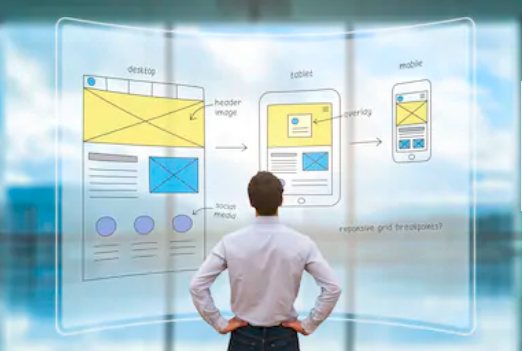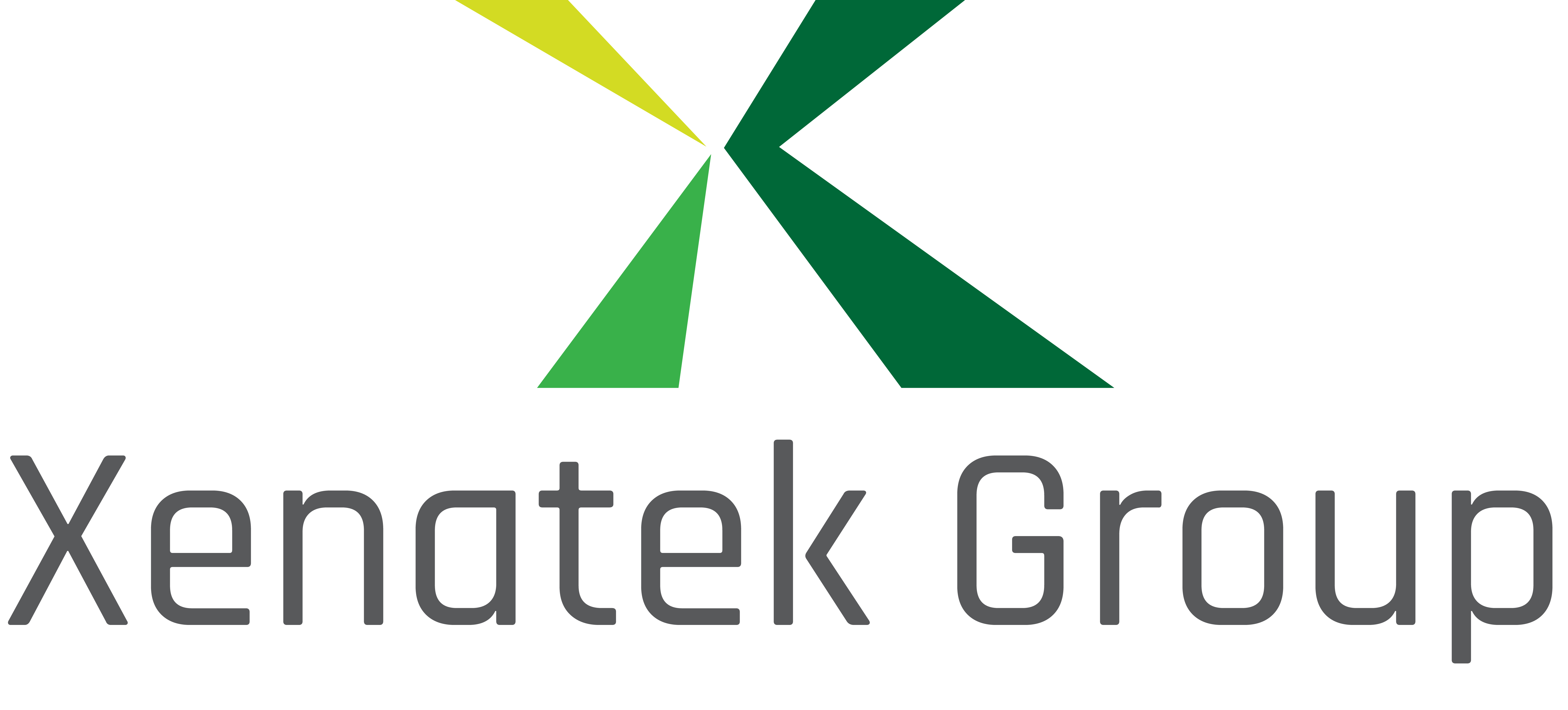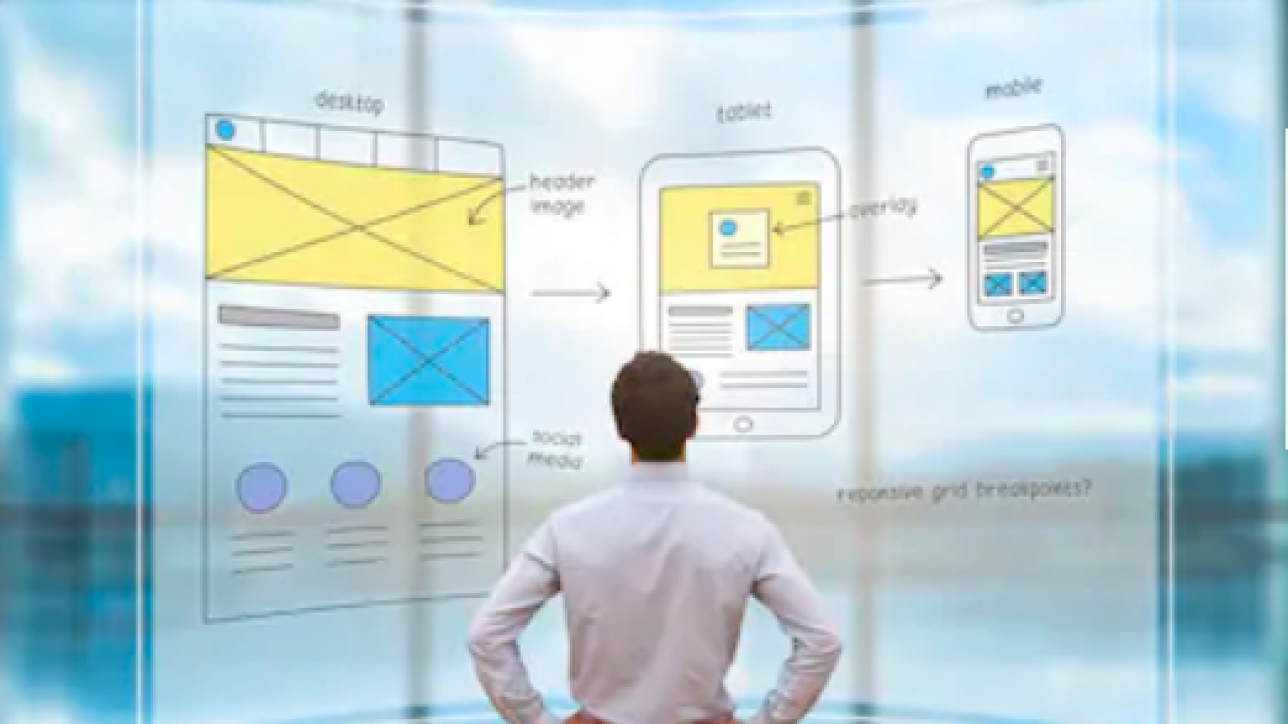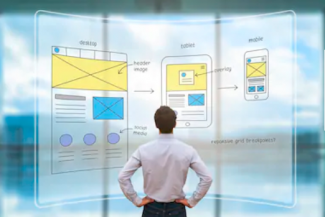The online world is constantly evolving, meaning user-experience is more important than ever. UX Design is a key player on the front lines.
If you know about UX Design, perhaps you’ve asked, “What does that mean?” or “Why does it Matter?”
This post will answer those questions and provide deeper insights about user experiences. It is relevant for any business trying to improve their online impact… so let’s dive in!
UX Design Defined
“UX” stands for “User-Experience.” In short, it means the experience your online users have when engaging with your website.
It’s always the goal of marketing to use words and pictures designed to evoke emotion, so UX Design takes this precept from a peripheral, esoteric endeavor to an organizing principle.
If you’re a fan of Mad Men, you might remember Don Draper’s observation that “You feel something. That’s what sells.”
Everything from the product itself to the website
and communication with customers is
put through the filter of
“Does this create a positive experience?”
UX design aims at evoking pleasurable experiences, which ultimately promote your brand (same marketing concept as always.) Yet, it’s new because of the science behind UX design.
Good, solid marketing should always lead a customer on a pathway that’s seamless and enjoyable.
UX design is a dedicated method of ensuring that outcomes are excellent, so top notch work is now the norm…not only highlighting emotion, but specifying it.
You may ask HOW?
Good Question. And this leads us to discuss UI.
Where UI Fits In
 You may hear the term UI (User Interface) used alongside (and sometimes interchangeably with) UX design. It’s necessary to differentiate it, in order to ensure that your design plans are truly focused on the entirety of the user experience with your brand. A beautiful website that brings a smile to a customer’s face might seem a winning UX design, but that’s only the first piece. The UI piece plays the other critical role and cannot be ignored.
You may hear the term UI (User Interface) used alongside (and sometimes interchangeably with) UX design. It’s necessary to differentiate it, in order to ensure that your design plans are truly focused on the entirety of the user experience with your brand. A beautiful website that brings a smile to a customer’s face might seem a winning UX design, but that’s only the first piece. The UI piece plays the other critical role and cannot be ignored.
UI is a technical term, centered on the ease of use. Your website’s flow determines how much energy a customer will expend on making a purchase. If the UI isn’t executed seamlessly, customers can become frustrated and leave your site…never purchasing.
Simply put, if the shopping experience is hard to navigate, then the UI aspect overall needs tweaking.
UX Design Discovery Process
“UX Design” may involve things like customer interviews, brand evaluations, the development of buyer personas and serious website upgrades. It is a comprehensive solution that will promote your business long term, and it is a lucrative investment in your brand.
The discovery phase of UX design will show your buyer personas and customer journey maps, ultimately leading to a better user experience. The increased interaction and retention from this phase means a better bottom line in the long run.
At the end of the day, you can rest in the knowledge that
UX design is, at its heart, a paean to common sense.
The Confluence of “consumer-psychology and marketing” working with “functionality and ease-of-use” make UX design the best way to bring human experiences. Thus, translating into customers who connect to your brand.
Here’s a Whiteboard we found on YouTube if you need more clarity.
UX Design Basics
 What exactly are we talking about? Here are a few key steps undertaken by most UX design teams, to give you a jumping off point of finding out more.
What exactly are we talking about? Here are a few key steps undertaken by most UX design teams, to give you a jumping off point of finding out more.
- Research. Conducting consumer research is a principle tenet of UX design. How do you know what your customer base prefers if you don’t ask? Buyer personas, customer journeys and scenarios are all tools to help expand the knowledge and understanding of a demographic.
- Testing. Even with all the research in the world, putting it into practice is a jump that you want to ensure tackles the task. Simple A/B testing is a bare minimum for successful UX design.
- Design. Armed with the knowledge your research and testing has provided, you can design an across-the-spectrum user experience that’s tailored to your client’s needs.
UX design includes:
-
-
- Interaction Design. Beyond simple website design, structured interaction design seeks to provide the user with appealing interfaces that enhance positive experiences.
- Information Architecture. Product descriptions, blog posts, and captions are all still necessary pieces of copy, but structuring the content of a website (or overall communication of a brand) is a thoughtful endeavor that requires dedicated interpretation and organization.
-
Why UX Design impacts your Customer


Either you’re creating experiences like the first of a depressed user, because your website is so difficult (Probably bouncing them from the site). Or you’re using proper UX design, that brings joy to your users (like those happy models in the second image–don’t you love slock photos?)
Marketing agencies, who stay abreast of latest trends, utilize UX designers and content creators. These professionals will ensure you properly integrate user experience into all customer facing, so each touch point is met with best online communication.
UX design is a focused version of what marketing has been all along– facilitating relationship between the company and its customer.
Instead of “This is likely to make a customer happy, based on past experience and limited anecdotal knowledge,” UX design gets precise. “Studies show that this type of customer will respond this way to ease of use and language that promotes understanding”.
UX Design Works with Marketing
 The collision of successful marketing with empathy and logic summarizes UX design… and it is quickly becoming common, best-practice marketing.
The collision of successful marketing with empathy and logic summarizes UX design… and it is quickly becoming common, best-practice marketing.
Building a team of knowledgeable professionals to assist the UX process, may be necessary. For example, instead of hiring simple copywriters, you may need to look at hiring information architects. In addition, when you provide guidance about Human Computer Interaction, and interface design, you may need professionals who have a working knowledge of these elements. The payoff from the enhanced service you provide is sure to bring in a bigger return.
The future of marketing is UX design…and the future is now. The hope for any next step of evolution is always that it marks a more efficient and intelligent form of life. UX design is that developmental gain for marketing.
If you embrace UX design to amplify your brand’s customer-engagement, you’ll see a natural, positive progression…enjoy the ROI, there’s nothing to fear.
For a more detailed explanation of UX design, take a look at this medium.com post by Iren Korkishko.


